Having proper drainage from roof gutters is very important to any structure. It prevents foundation damage and mitigates surface ponding and erosion.
When we purchased our house almost six years ago in the summer, we didn’t notice any drainage issues. Over time, we realized that most of the downspouts were either plugged up, being drained into systems that were plugged up or just being drained straight onto the ground. So instead of water being taken across the road and into the culvert or being drained into dry wells, it was puddling at the bottom of the downspouts.
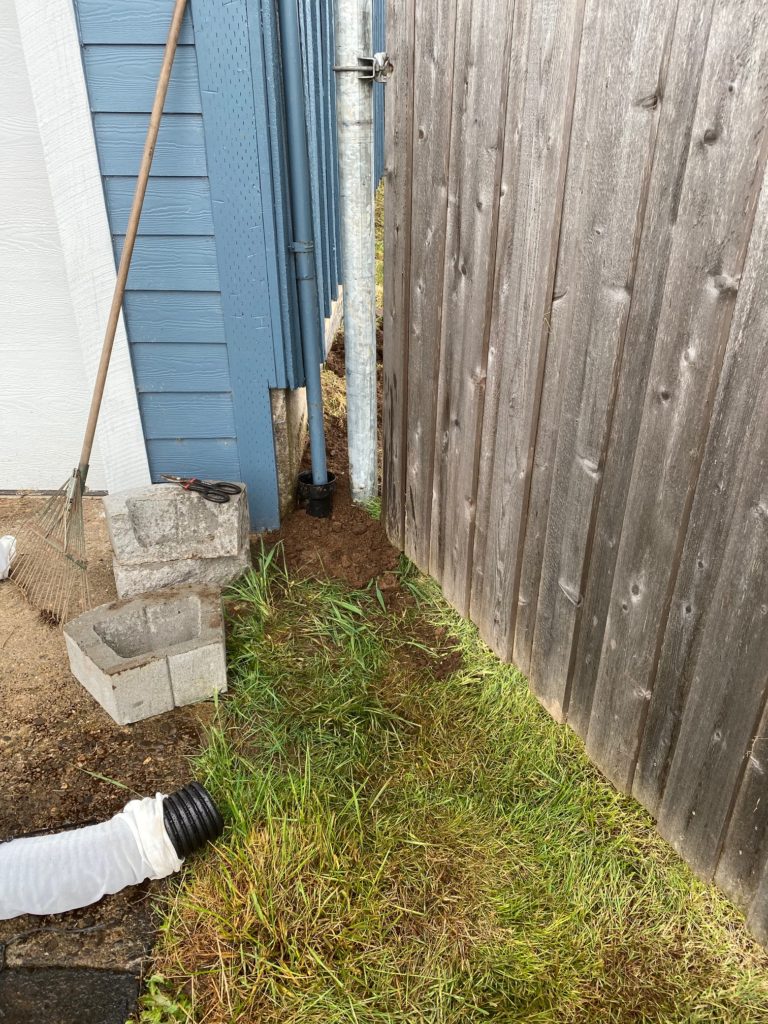
On the barn, both gutters were completely rusted out and had no downspouts. Therefore, water from the roof was dumping right next to the walls and saturating the ground inside the barn. On the garden shed, only one side was being drained into a 4” corrugated pipe that leads somewhere we don’t know. The other side was missing a downspout and lead nowhere. One side of the garage was also draining into a 4” corrugated pipe, but that pipe was only 10’ long, lead nowhere, and was mostly destroyed and plugged up. The other side was missing part of the downspout and just dumped onto the foundation. The house has 7 downspouts, and only 2 were draining. The animal shelter Greg built 5 years ago drained into 5,000 gallons of rainwater storage, but the overflow wasn’t finished. The small poultry structures didn’t originally have gutters or downspouts either. The new lean-to on the back of the garage has a new gutter on it. That downspout needed to drain somewhere as well… All in, after we added some gutters and downspouts, we ended up with 17 gutters and 23 downspouts.
So, with all these downspouts, Greg went to work! It took him 250 feet of new drainage pipe. Lots of new gutter and down spouts and a TON of digging trenches and holes. He repaired, connected, added, replaced, cleaned and/or worked on 20 out of 23 downspouts, dug 250 feet of trench and hand-built four drywells to properly handle roof water from 8 different structures.
There are two main ways to get rid of the water on our property. ONE- a drainage pipe that leads to a culvert/drainage ditch or TWO – a dry well. A dry well it a large hole lined with fabric and filled with big rocks. Generally, the hole is at least 10’ away from the structure and large enough to handle the volume of water coming from the roof. The downspout connects to a pipe that leads underground to the drywall. This allows the water to slowly be absorbed into the ground. You only want to do this in areas where you are not able to drain the water off, and in our case, that is across the paved road.
There is actually still a little more work to do, but for the most part, Greg is over the hump and over the digging.
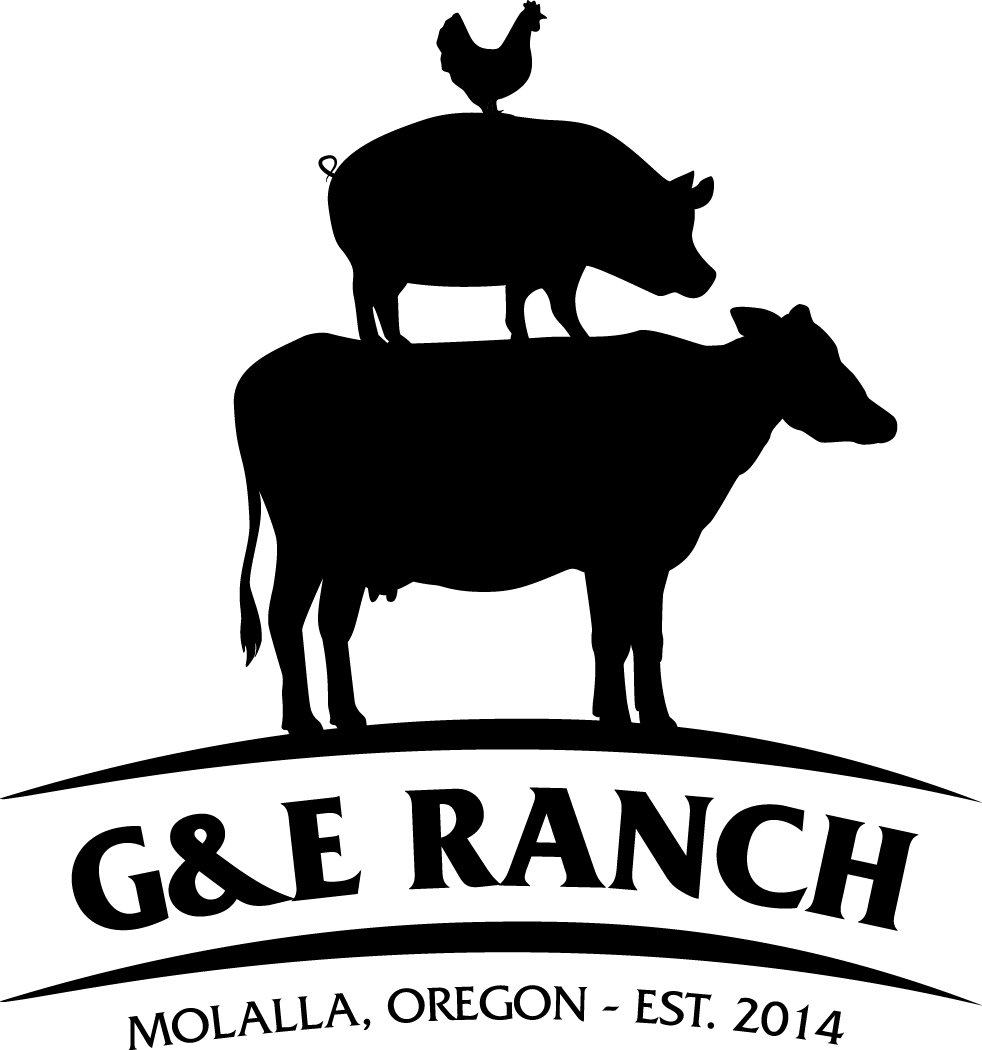
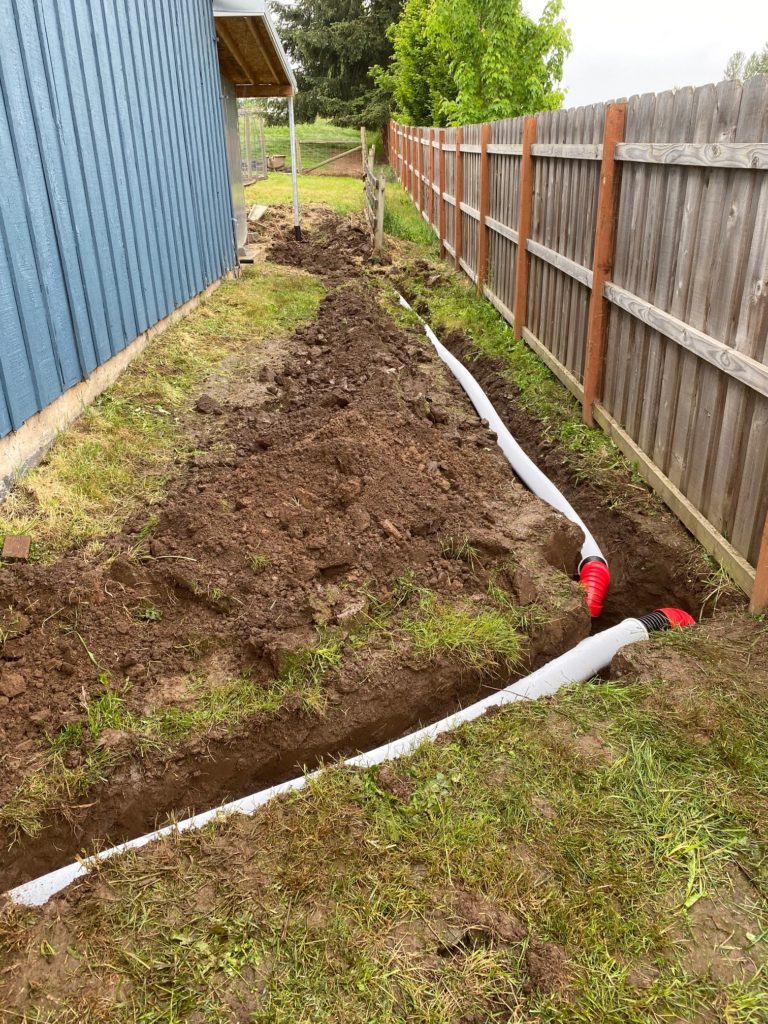
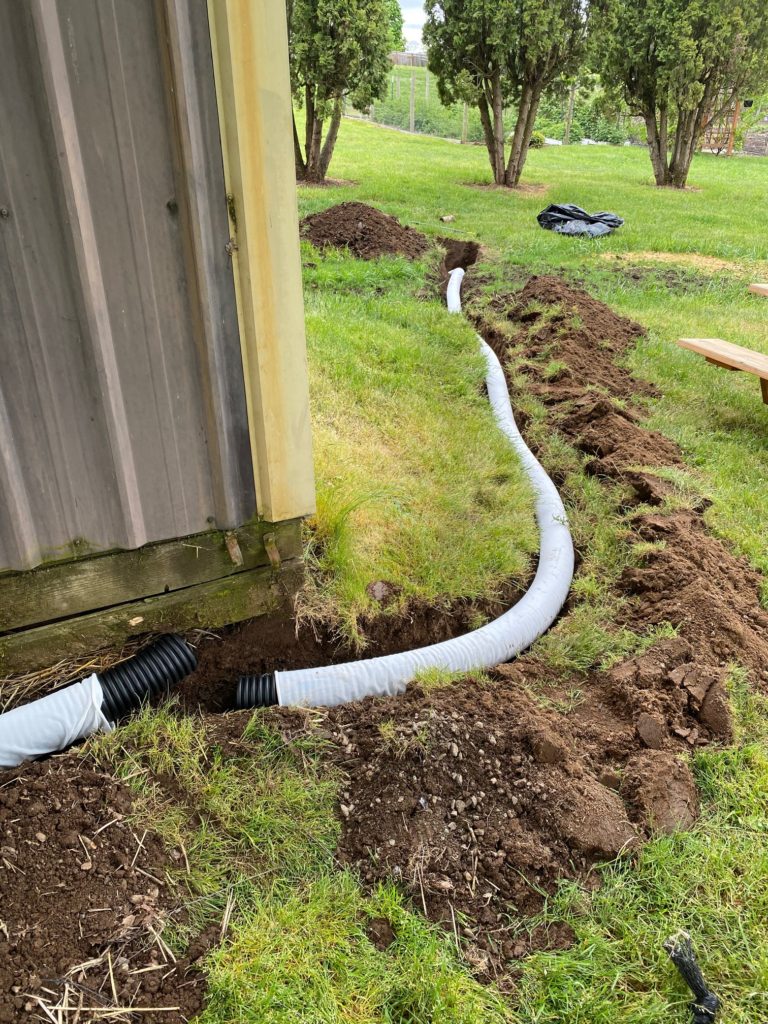
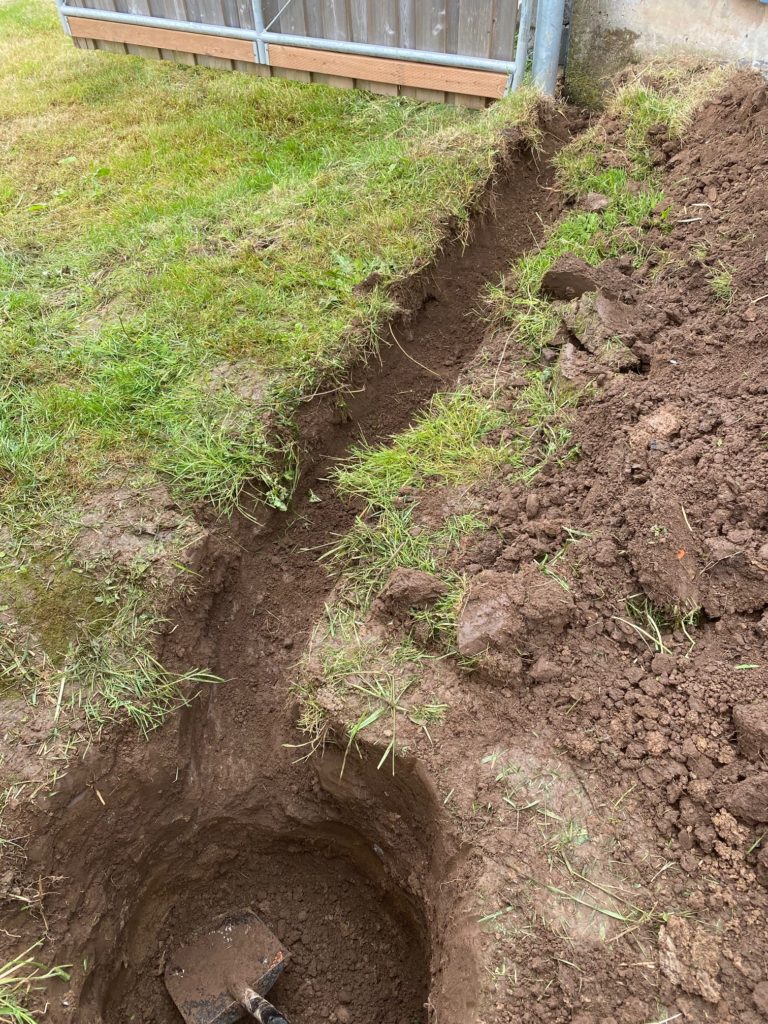
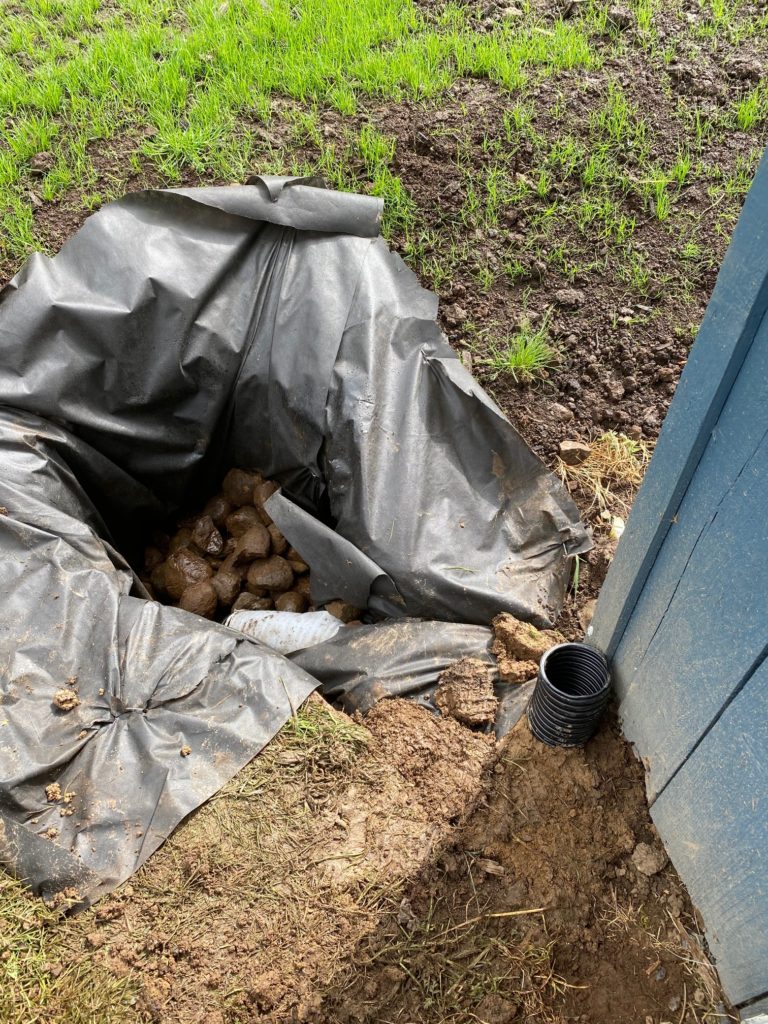
Recent Comments